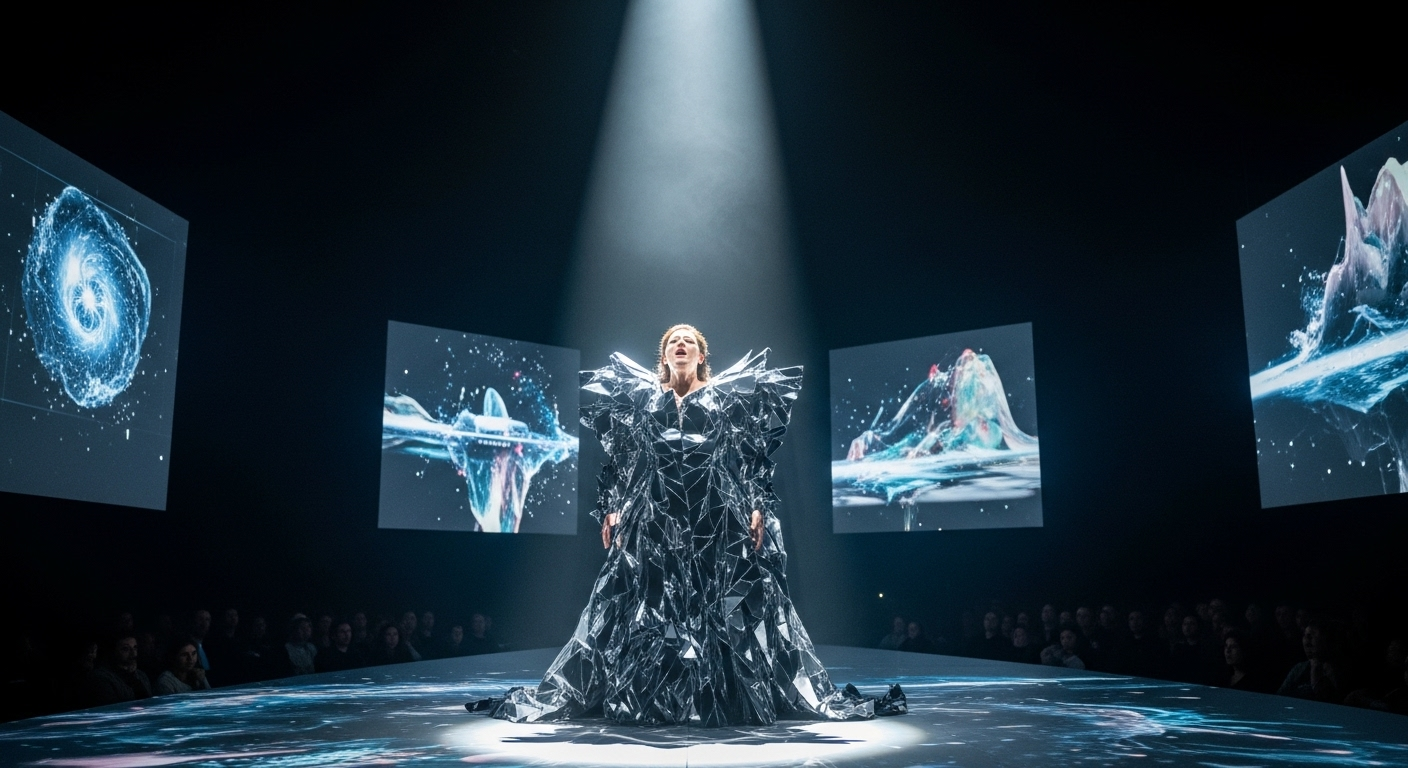Curatorial Collaboration: Blending Installations with Interactive Technology
Curatorial collaboration brings together artists, technologists, and producers to create installations that respond to audience presence, movement, and narrative. Combining interactive technology with traditional exhibition practices requires careful planning across curation, production, and rehearsal to ensure coherence, accessibility, and long-term sustainability.

How does collaboration shape curation and production?
Cross-disciplinary collaboration redefines how works are curated and how production unfolds. Curators increasingly work alongside technologists, producers, and designers to map audience journeys and determine where interactive elements will sit within an installation. This collaborative approach influences dramaturgy and the sequencing of experiences, ensuring that technological interventions support rather than overshadow concept and content. For touring projects, early coordination helps align technical riders, transport logistics, and site-specific adaptations so the artistic intent survives different venues and technical constraints.
How do multimedia and projection enhance installations?
Multimedia layers—projection, sensor-driven visuals, and responsive interfaces—can transform static objects into dynamic environments. Projection mapping and real-time visuals offer opportunities for narratives to shift with audience behavior, allowing exhibitions to be both immersive and mutable. Integrating multimedia demands close work between curatorial teams and AV specialists to maintain visual clarity, manage ambient light, and synchronize content with sound and lighting. Thoughtful content design keeps projection readable and meaningful, creating moments that support dramaturgy rather than becoming decorative effects.
How do sound, lighting, and dramaturgy interact?
Sound and lighting are essential for shaping focus and emotional tone in interactive installations. Sound design can guide movement and emphasize choreographed interactions, while lighting sculpts space and affects how projection reads. Dramaturgy—the structure of the audience’s experience—ties these elements together, deciding when atmospheres shift and how transitions occur. Collaboration with sound engineers and lighting designers during the rehearsal process helps calibrate levels, cue timing, and spatialization so that technical systems respond accurately to participant presence and maintain accessibility for diverse audiences.
How can choreography and performance be integrated?
Choreography informs how bodies move through and within installations, whether performers, participants, or both. Performance can be scripted or emergent, and interactive technology can enable responsive overlays—lighting or projection that reacts to movement. Developing such work requires iterative rehearsal processes where choreographers, technologists, and curators test timing, sensor reliability, and audience sightlines. Clear production protocols mitigate risks during touring and help preserve the integrity of performer safety, technical reliability, and the intended interaction between live bodies and programmed responses.
How are accessibility and sustainability addressed in touring?
Accessibility and sustainability are practical concerns that shape curatorial decisions from the outset. Designing for accessibility means considering circulation, captioning or audio description for interactive content, tactile options, and adjustable interaction modes so audiences with varying needs can engage. Sustainability considerations include material choices, energy-efficient equipment, and modular design that eases transport during touring. Collaboration between curators, venue operators, and production managers helps identify local services and adaptations required in your area, ensuring installations remain inclusive and environmentally considerate across different contexts.
What does rehearsal and technical planning involve?
Rehearsal for interactive installations often blends traditional run-throughs with technical stress tests. Teams run scenarios to confirm sensor fidelity, latency tolerances, projection alignment, and failover plans. Production schedules must include time for calibration at each venue and training for venue technicians. Detailed documentation—cue sheets, system diagrams, and maintenance checklists—supports smoother touring and clearer handoffs between collaborators. Regular post-performance debriefs help teams refine dramaturgy and technical setups, feeding iterative improvements back into rehearsal and future productions.
Curatorial collaboration that blends installations with interactive technology depends on intentional processes: shared language between disciplines, iterative rehearsal, and accountable production planning. When multimedia, projection, sound, lighting, and choreography are integrated thoughtfully, installations can offer layered, accessible experiences while meeting touring and sustainability constraints. These projects benefit from early, sustained coordination so that artistic intent, technical reliability, and audience engagement align across venues and over time.





